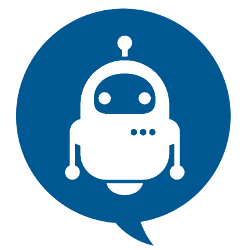Docker is a tool designed to make it easier to create, deploy, and run applications by using containers. Containers allow a developer to package up an application with all of the parts it needs, such as libraries and other dependencies, and ship it all out as one package.
Delivered as part of Docker Enterprise 3.0, Docker Desktop Enterprise is a new developer tool that extends the Docker Enterprise Platform to developers’ desktops, improving developer productivity while accelerating time-to-market for new applications.It is the only enterprise-ready Desktop platform that enables IT organizations to automate the delivery of legacy and modern applications using an agile operating model with integrated security. With work performed locally, developers can leverage a rapid feedback loop before pushing code or docker images to shared servers / continuous integration infrastructure.
Who is Docker For?
Docker is a tool that is designed to benefit both developers and system administrators, making it a part of many DevOps (developers + operations) toolchains. For developers, it means that they can focus on writing code without worrying about the system that it will ultimately be running on. It also allows them to get a head start by using one of thousands of programs already designed to run in a Docker container as a part of their application.
What is Virtualization?
Virtualization is the technique of importing a Guest operating system on top of a Host operating system. This technique was a revelation at the beginning because it allowed developers to run multiple operating systems in different virtual machines all running on the same host. This eliminated the need for extra hardware resource.
Docker Enterprise architecture
Docker Enterprise enables deploying your workloads for high availability (HA) onto the orchestrator of your choice. Docker Enterprise system components can run on multiple manager nodes in the cluster, and if one manager node fails, another takes its place automatically, without impact to the cluster.
It consists of a Docker Engine which is a client-server application with three major components:
- A server which is a type of long-running program called a daemon process (the docker command).
- A REST API which specifies interfaces that programs can use to talk to the daemon and instruct it what to do.
- A command line interface (CLI) client (the docker command).
- The CLI uses the Docker REST API to control or interact with the Docker daemon through scripting or direct CLI commands. Many other Docker applications use the underlying API and CLI.

Docker Enterprise components
Docker Enterprise has three major components, which together enable a full software supply chain, from image creation, to secure image storage, to secure image deployment.
- Docker Engine - Enterprise: The commercially supported Docker engine for creating images and running them in Docker containers.
- Docker Trusted Registry (DTR): The production-grade image storage solution from Docker.
- DTR is designed to scale horizontally as your usage increases. You can add more replicas to make DTR scale to your demand and for high availability.
- Universal Control Plane (UCP): Deploys applications from images, by managing orchestrators, like Kubernetes and Swarm.
If your application fits into one or more of the following categories, Docker may be a good fit:
1. Learning new technologies
2. Basic use cases
3. App isolation


